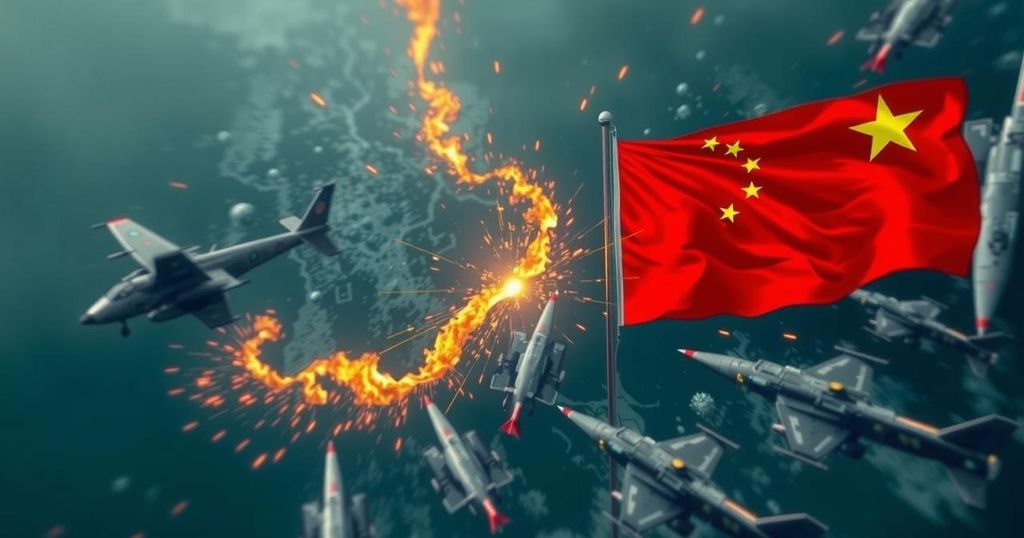India and China are completing military disengagement at the Line of Actual Control by October 28-29, following a vital agreement to resolve border disputes. The disengagement occurs at Demchok and Depsang Plains, with a focus on returning to pre-April 2020 positions. External Affairs Minister S. Jaishankar emphasized that this step is the beginning of reducing tensions and fostering trust between the nations.
India and China are set to complete the military disengagement process along the Line of Actual Control (LAC) on October 28-29, marking a significant step towards improving diplomatic relations between the two nations. The disengagement follows a crucial agreement aimed at resolving ongoing border disputes, highlighted as the first effective resolution since the deadly Galwan clash in 2020, wherein both sides suffered casualties. Disengagement will occur at two specific friction points: Demchok and Depsang Plains in eastern Ladakh. According to an Indian Army source, the agreements reached are specific to these two areas and will not extend to other regions of friction along the LAC. Troops are expected to revert to their positions as they stood prior to April 2020, resuming patrols in areas they previously monitored. Furthermore, Indian forces have commenced pulling back equipment to rear locations as part of the agreed measures. External Affairs Minister, S. Jaishankar, emphasized that the disengagement represents only the first phase; de-escalation of tensions is crucial next. He noted that rebuilding trust will require time due to the adverse impact of the ongoing situation at the border on overall bilateral relations. Jaishankar identified three crucial issues addressed in the agreement: first, the immediate need for disengagement to prevent potential conflicts, followed by de-escalation measures, and finally, the broader complexities of managing border relations and negotiating a long-term boundary settlement.
The military disengagement between India and China arises from a series of escalating tensions along the LAC, particularly post-2020, following the violent skirmish at Galwan. Since then, diplomatic channels have been explored in a bid to de-escalate military standoffs and establish frameworks for dialogue and resolution. The disengagement signals an effort from both nations to restore stability and enable dialogue moving forward. The focus is particularly on two identified friction areas that have been contentious between the two armies. The current situation reflects both nations’ aspirations to enhance their diplomatic relationship while managing their perennial border disputes effectively through structured agreements and military protocols. The overarching goal is to ensure peace and avoid further military conflicts in a region of strategic significance.
In conclusion, the impending military disengagement between India and China along the LAC is a pivotal development aimed at ameliorating bilateral ties and reducing military tensions in the region. The agreements to disengage at designated points signify a cooperative gesture following years of friction exacerbated by the Galwan clash. As both sides revert to their pre-April 2020 positions, the success of these measures relies heavily on subsequent steps towards de-escalation and the establishment of a sustainable framework for managing ongoing border negotiations.
Original Source: www.hindustantimes.com





